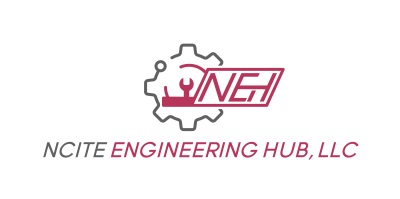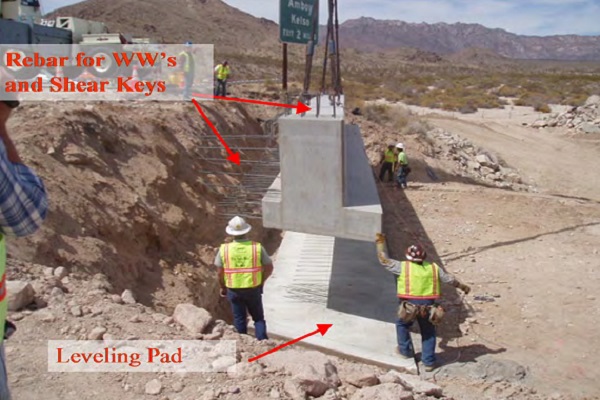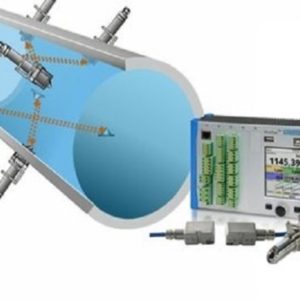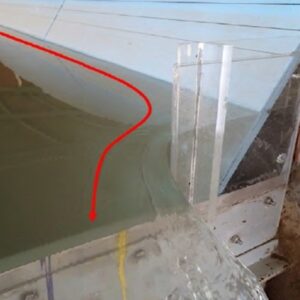E – 2068 Seismic Design of Precast Concrete Bridges
$125.00
Courses Included
Precast concrete bridge components and systems provide effective and economical design solutions for new bridge construction and for the rehabilitation of existing bridges. The use of precast components can shorten road closure times, minimize interference with traffic flow, and accomplish the objective often cited by officials to “get in, get out, and stay out.”
Seismic design of precast concrete bridges begins with a global analysis of the response of the structure to earthquake loadings and a detailed evaluation of connections between precast beams and of connections between the superstructure and the supporting substructure. Ductile behavior is desirable under earthquake loadings for both the longitudinal and transverse directions of the bridge. Further, the substructure must be made to either protect the superstructure from force effects due to ground motions through fusing or plastic hinging, or to
transmit the inertial forces that act on the bridge to the ground through a continuous load path.
This course is intended to augment, and not replace the AASHTO Guide Specifications for LRFD Seismic Bridge Design (AASHTO, 2009) (referred to herein as the LRFD Seismic Guide Specifications) or any agency requirements for seismic analysis or design. The designer should verify the latest applicable standards with the owner and discuss any necessary exceptions before beginning design. For the current state‐of‐the‐practice, the seismic design of precast concrete bridges employs an AASHTO‐LRFD Type 1 design strategy and uses connections between precast concrete elements and between cast‐in‐place (CIP) concrete and precast concrete elements that are intended to emulate the behavior of CIP concrete connections.
Seismic design is complex. Bridges of similar characteristics in different locations may behave very differently during an earthquake. The engineer should not copy details that have been used on previous projects without a complete understanding of the reasons behind the original design.






